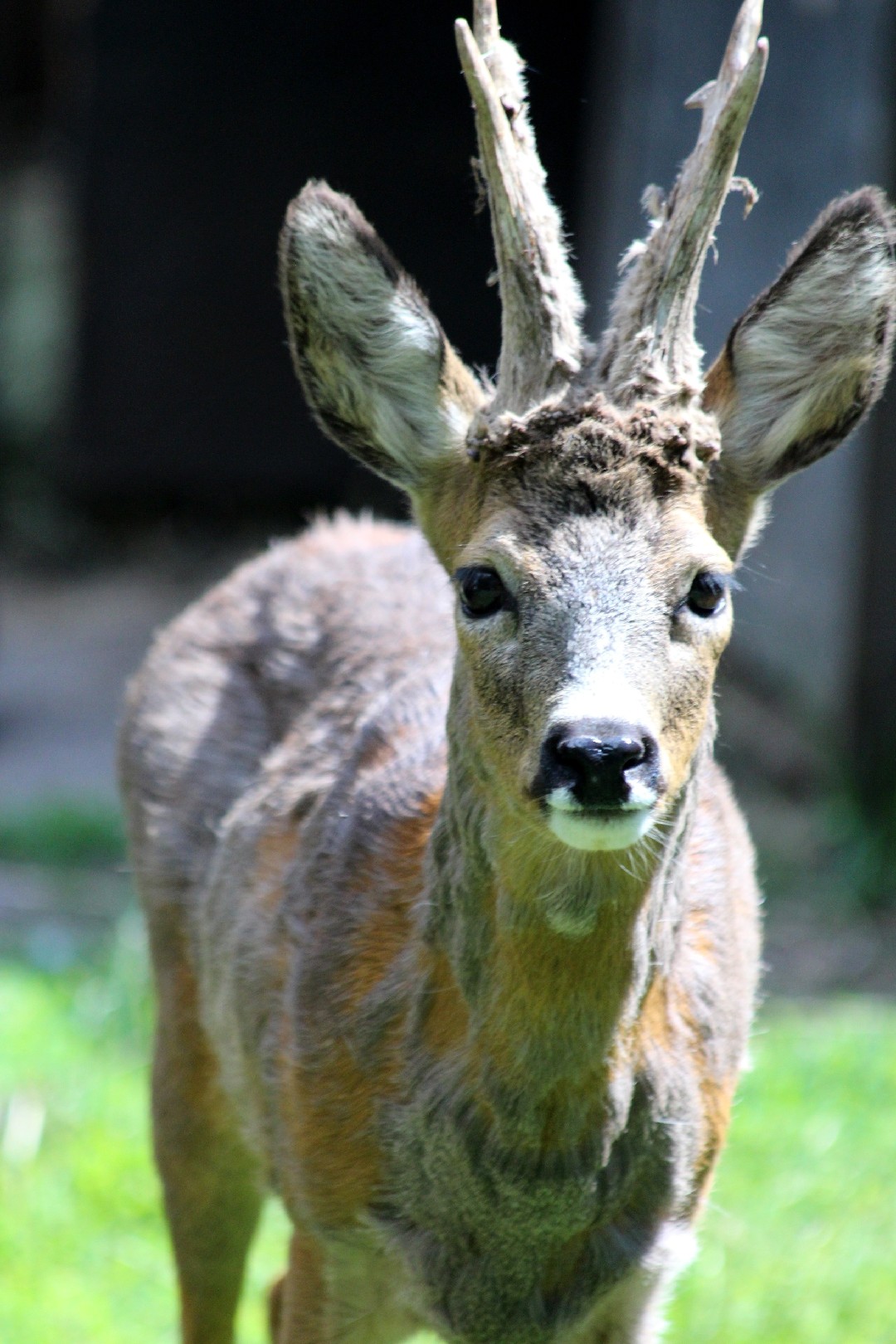Siberian roe deer
A species of Deer Scientific name : Capreolus pygargus Genus : Deer
Siberian roe deer, A species of Deer
Scientific name: Capreolus pygargus
Genus: Deer
Content
Description General Info
 Photo By Гурьева Светлана (zooclub.ru) , used under CC-BY-SA-4.0 /Cropped and compressed from original
Photo By Гурьева Светлана (zooclub.ru) , used under CC-BY-SA-4.0 /Cropped and compressed from original Description
The Siberian roe deer is a moderately sized metacarpalian deer, with a long neck and large ears. In winter the northern populations exhibit light gray coloring, but their southern counterparts are grayish brown and ochraceous. The belly is creamy and the caudal patch is white. In the summer, their coloring is reddish. Young have a spotted coat. Males are larger and have three-tined antlers, widely spaced and slanting upward, which are shed in the autumn or early winter and begin to regrow shortly thereafter. 
General Info
Lifespan
10-12 years
Diet
The primary diet of siberian roe deer consists of branches, buds, leaves, and herbs, with a particular fondness for ivy and bramble. This creature’s foraging behavior escalates during spring and summer months when vegetation thrives.
Appearance
Siberian roe deer is a small and slender deer with a reddish-brown summer coat that turns grey in winter. Mature animals have a bright white rump patch and throat, with males bearing short, three-pronged antlers. The fur is short and dense, providing insulation during colder months. Young individuals may exhibit faint white spots. The subspecies found in the east have larger bodies and darker winter coats than their western counterparts.
Behavior
Siberian roe deer is primarily solitary but may form small, loose groups in winter. It displays a crepuscular activity pattern, foraging for grasses, herbs, and woody plant parts. During the rutting season, adult males engage in aggressive territorial disputes, often resulting in ritualized fights.
Population
Decreasing

 Photo By Гурьева Светлана (zooclub.ru) , used under CC-BY-SA-4.0 /Cropped and compressed from original
Photo By Гурьева Светлана (zooclub.ru) , used under CC-BY-SA-4.0 /Cropped and compressed from original